Like so many others, I watched Super Bowl 50 last week. For me, watching the Denver Broncos defense emphasized how to protect and defend something that is important to you, whether it be a playing field or test scores.
In order to win, the Broncos had to protect and defend their most precious asset, their end zone, against one of the most electrifying athletes to ever step onto a football field, reigning MVP Cam Newton. Through the regular season, Newton was a blend of size, speed, skill, creativity, and tenacity the likes of which teams had never been seen before. The result? The Panthers shredded through other team’s protections and defensive schemes on their way to a 15-1 record and a Super Bowl appearance. As the Big Game approached, few prognosticators gave the Broncos a chance of succeeding against such a unique threat and the rest of his team.
Similarly, our Caveon Security Audit clients realize the importance of protecting their most precious assets—items, tests, and test scores—against the efforts of wildly motivated, tenacious, creative, and skilled cheats and pirates. Though many test programs have been “shredded” by test security threats they were ill-prepared to defend against, we have seen programs emerge as winners against these wily dangers just as the Broncos did with meticulous protective planning and execution.
For Denver, protecting their end zone started with a comprehensive game plan. Defensive coaches spent time understanding their nemesis’ strengths, tendencies and habits, and created stratagems to counter them. Through a Security Audit, Caveon helps testing program managers understand strengths, tendencies and habits of those who exploit test security weaknesses so they can thwart the efforts of their adversaries. After completing the Security Audit, testing program managers are empowered to create and implement a comprehensive Test Security Plan that counters test security threats.
Denver’s coaches identified key roles required to maximize protection of their end zone. These roles leveraged various players’ strengths and mitigated their weaknesses. These roles complemented each other. A world-class pass rusher possesses very different attributes than a Cover-2 cornerback, but both are critical in protecting against the other team’s advances. During a security audit, we define and identify test security roles and responsibilities in order to maximize the effectiveness of the protection plan.
In the real world, rarely does everything go according to plan. The opposition seeks to foil the best-laid strategies and tactics. Defensive strategists understand the importance of Incident Planning, incorporating contingencies, flexibility, and adaptation. During the game, Bronco coaches adapted and evolved their game plan as situations dictated. When tactics proved less successful, new tactics were employed. Coaches crafted reactions for every contingency they could imagine, confounding Carolina’s offense throughout the entire game. In test security, we know that secure programs expend similar efforts in building a Security Incident Response Plan. Despite best efforts, cheats and pirates make advances, so test program managers must prepare and invoke contingency plans of their own.
Lessons learned from one of the biggest sporting spectacles on the planet directly hit home on the test security front! With a Caveon Security Audit, we gauge our clients preparedness to protect their end zones—their items, tests, and test scores. We do this by not only evaluating Security Plans, Roles and Responsibilities, and Security Incident Response Plans, but by measuring all test security policies and procedures in 15 areas against 300 Best Practice standards in all areas of program operation. We stand prepared to help any high stakes test program evaluate its readiness for the test security “Big Game!”
For more information about creating your test security game plan, be sure to join our free webinar on March 9th. Registration is currently open!
